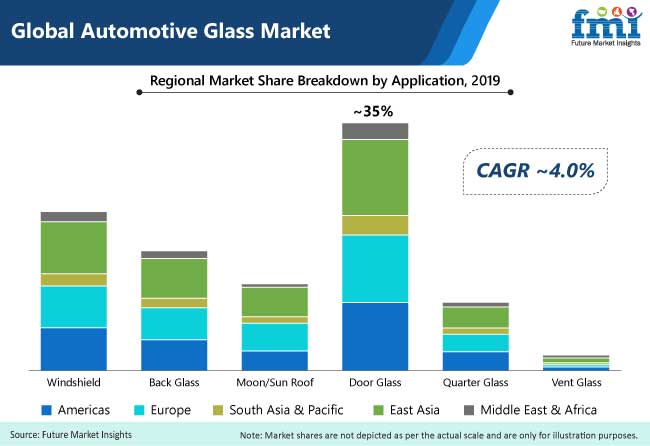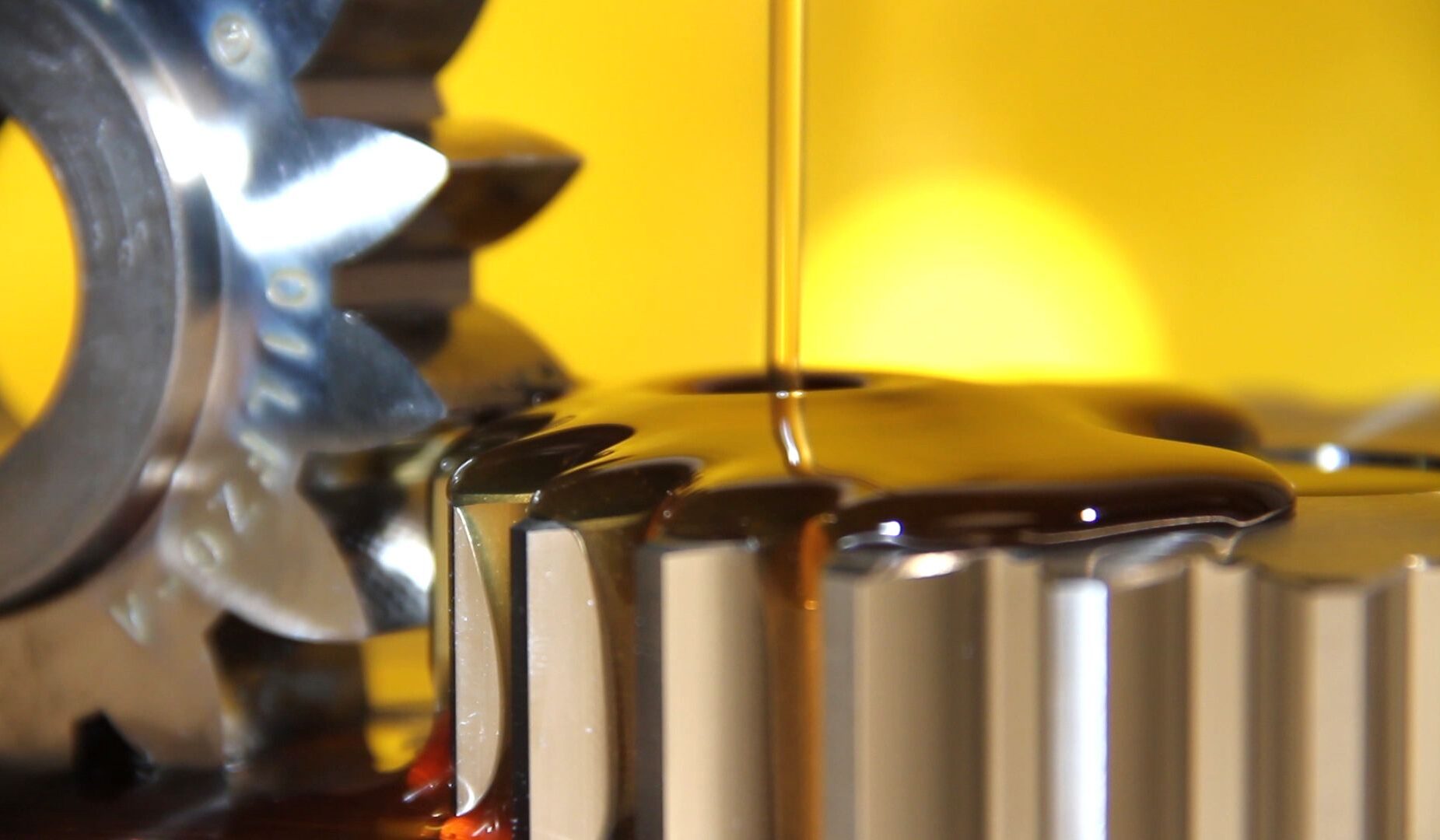The global demand for automotive glass has declined significantly in 2020, with the Covid-19 pandemic restricting automotive production and reducing new orders in the manufacturing sector. However, long-term prospects remain bullish, with a new report by FMI projecting 4% CAGR through 2030. The report opines that market players will benefit from smart glass technology and the rising popularity of electric vehicles.

The report opines that volatility in raw material pricing and high capital requirements will hold back market developments.
Visit For Sample>>https://www.futuremarketinsights.com/reports/sample/rep-gb-2262
The automotive glass industry has witnessed steady growth in recent years backed by the massive global automobile production sector, implementation of strict automotive safety standards, and improvements in material and auto tech. Further, businesses have invested in smart glass and wider windshield and sunroof designs for their offerings, catering to premium automobile consumer requirements.
While revenue from the automotive glass market rises steadily, the fragmented nature of the market limits the potential for revenues. Also, issues in terms of energy efficiency and raw material fluctuations are problems faced by key players.
Key Takeaways
- The automotive glass market will reach US$ 16 billion, with demand receding in 2020
- Door glass offerings remain in high demand, with the higher volume of glass required for these products and innovations in material strength and temperature control.
- Applications of automotive glass in conventional passenger cars reflect higher growth than LCV, HCV and electric vehicle applications owing to higher demand and production, driven by higher disposable incomes globally.
- East Asia is a key market for production and sales, supported by the prevalence of numerous regional and international automobile manufacturing plants in the region, supported by lower labour and material costs.
“The growth in production rate of electric and hybrid vehicles in addition to the integration of varied new technologies for visibility and safety are expected to positively influence the global demand for automotive glass throughout the forecast period till 2030,” said a lead analyst at Future Market Insights
Covid-19 Impact on Automotive Glass Market
The coronavirus pandemic is expected to have a negative effect on the short-term prospects of the automotive glass industry. Lockdown restrictions have limited the production of automobiles and associated materials across North America, Asia, and Europe, which are key markets for auto glass.
Also, the demand for new automobiles has fallen sharply, and the uncertainty over the severity and duration of the pandemic and the impact on the global economy are key factors that could hamper market prospects, and delaying the recovery of the industry in the long term. However, the automotive industry will gain traction following the end of the pandemic, with the anticipated growth in demand for electric and autonomous vehicles on a global scale.
Download Methodology of this Report @ https://www.futuremarketinsights.com/askus/rep-gb-2262
Who is Winning?
In this report, Future Market Insights has studied the various strategies being used by major businesses in the automotive glass market. Top players in the industry are making use of multi-pronged strategies including pushing for product research and development and capacity expansions in line with growing international demand.
Some of the leading players in the market include Dura Automotive Systems, Saint-Gobain S.A., Asahi Glass Co. Ltd., Fuyao Glass Industry Group Co. Ltd., Nippon Sheet Glass Co. Ltd., Xinyi Glass Holdings Ltd., Central Glass Co. Ltd., Glas Trosch Holding AG, Gentex Corporation, and Magna International Inc. among others.
About the Report:
The research report analyzes the total sales of automotive glass on the basis of volume (Mn Units) and value (US$ Mn). The market is projected on the basis of factors such as the growth of the transportation industry, global automobile sales, global economy, glass materials, and vehicle types. The scope of the research report includes new sales of automotive glass for OEM and aftermarket applications as well.
Automotive Glass Industry Report: Scope
| Attribute | Details |
| Forecast Period | 2020-2030 |
| Historical Data Available for | 2015-2019 |
| Market Analysis | USD Million for value, Million Units for Volume |
| Key Regions Covered | North America, Latin America, Europe, South Asia & Pacific, East Asia, Middle East & Africa |
| Key Countries Covered | US, Canada, Brazil, Mexico, Germany, Italy, France, U.K., Spain, BENELUX, Russia, China, Japan, South Korea, India, Thailand, Malaysia, Indonesia, Australia, New Zealand, Turkey, South Africa |
| Key Segments Covered | Application, Glass Type, Sales Channel, Vehicle Type, and Region |
| Key Companies Profiled | Dura Automotive Systems, Saint-Gobain S.A., Asahi Glass Co. Ltd., Fuyao Glass Industry Group Co. Ltd., Nippon Sheet Glass Co. Ltd., Xinyi Glass Holdings Ltd., Central Glass Co. Ltd., Glas Trosch Holding AG, Gentex Corporation, Magna International Inc., Vitro S.A.B. de C.V., and Guardian Industries Corporation |
| Report Coverage | Market Forecast, brand share analysis, competition intelligence, DROT analysis, Market Dynamics and Challenges, Strategic Growth Initiatives |
| Customization & Pricing | Available upon Request |
Key Questions Answered by the Report
- What is the size of the automotive glass market?
The global automotive glass market share is estimated to reach a valuation of over US$ 16.8 billion in 2020. The market is likely to grow at a 4% CAGR between 2020 and 2030.
- Which is the largest market for automotive glass?
East Asia is the largest market for automotive glass. Growth in the electric vehicles segment is a key driver
